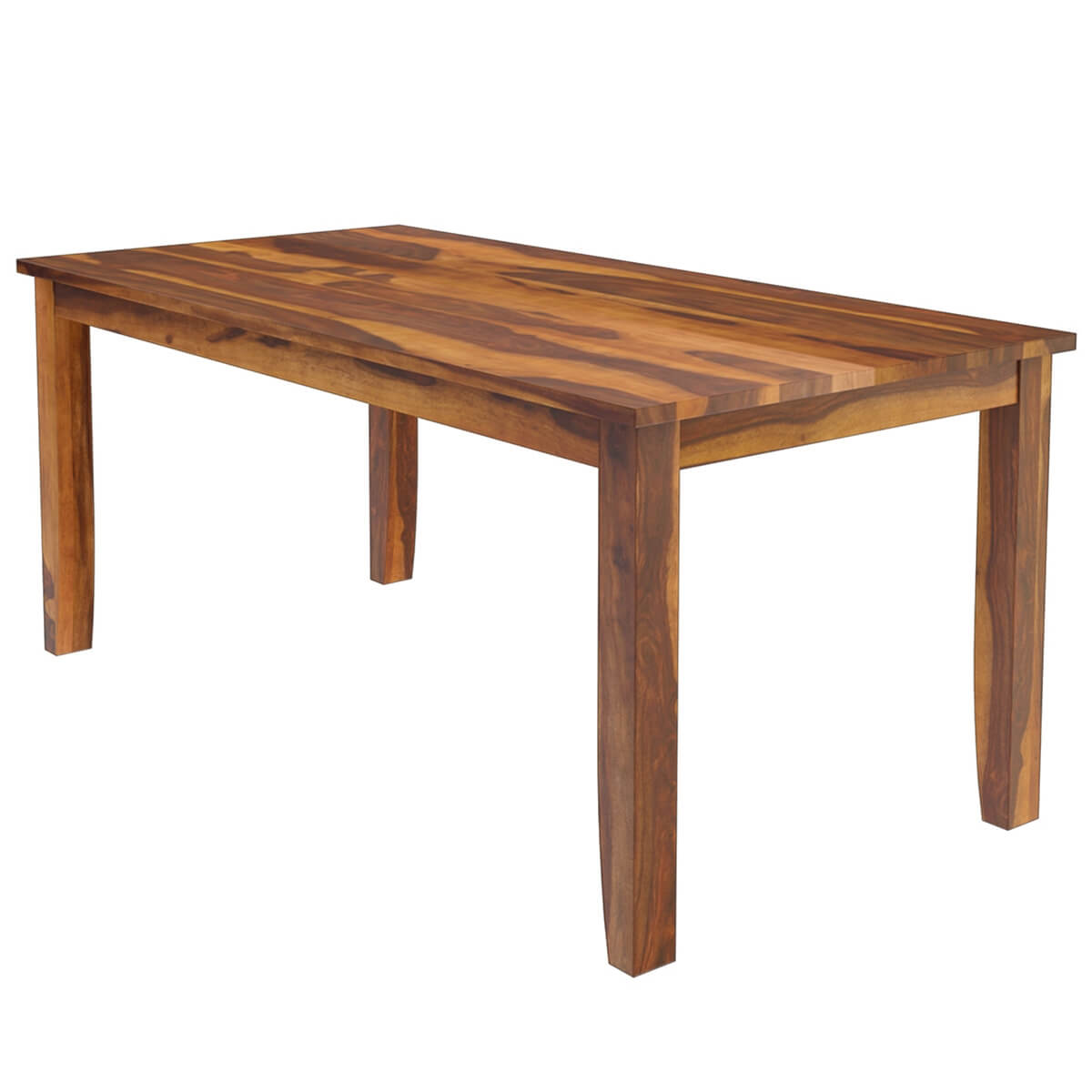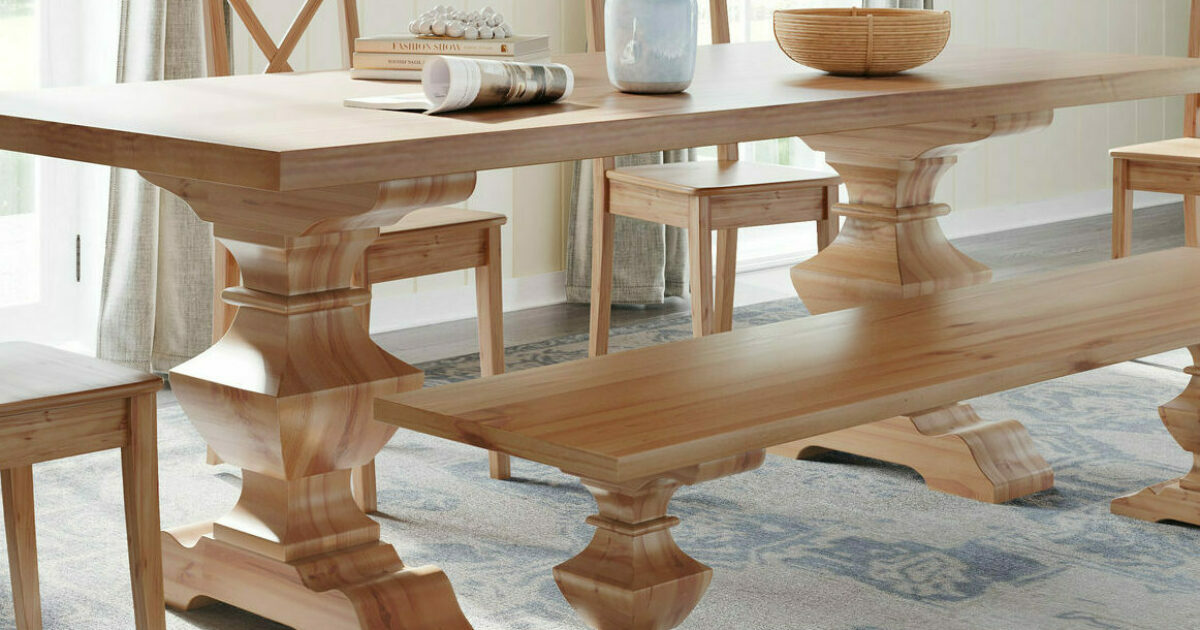Exploring the Various Kinds Of Dining Table Legs Timber for Your Eating Area
The selection of dining table legs wood can exceptionally affect both the practical and visual high qualities of your eating room. Strong wood choices, such as oak and walnut, provide a classic look with unrivaled longevity, while crafted wood alternatives offer cutting-edge layouts that mimic the splendor of natural grains.
Strong Wood Options

Unlike crafted products, solid wood is much less susceptible to bending and damages over time when properly maintained. Each item of solid wood is distinct, showcasing private features that include to the beauty and personality of the eating table.
In addition, strong timber can be ended up in numerous means, ranging from all-natural oils to discolored surfaces, permitting home owners to personalize their furnishings to match their decoration. In summary, choosing solid wood for dining table legs not only makes sure structural stability however also enhances the aesthetic charm of the eating area, making it a beneficial investment for any type of home.
Engineered Wood Alternatives

Plywood, built from several layers of wood veneer, is stable and especially strong, making it an outstanding choice for dining table legs. Its split structure allows it to endure modifications in humidity and temperature level much better than standard solid timber. MDF, on the other hand, offers a smooth surface area for painting or veneering, making it possible for developers to accomplish a polished appearance while preserving architectural stability.
Particleboard, typically used in economical options, gives suitable stamina and is lightweight, making it less complicated to manage. It may not be as durable as plywood or MDF. It is vital to consider the designated usage and desired aesthetic when choosing crafted timber alternatives. These materials not just improve the performance of eating areas however likewise permit better design versatility, making certain that contemporary and typical styles can coexist harmoniously.
Reclaimed Timber Includes
Recovered timber uses an one-of-a-kind mix of sustainability and personality, making it a significantly preferred selection for eating table legs. Sourced from old barns, factories, and other frameworks, redeemed timber symbolizes a history that new products just can not duplicate. Each piece carries its very own tale, noted by distinctive blemishes, knots, and varying grain patterns, which contribute to a table's unique aesthetic appeal.
Along with its aesthetic appeal, recovered wood is an ecologically friendly option. By repurposing formerly used materials, it lowers the need for brand-new lumber, therefore helping to lessen and conserve woodlands waste. This straightens with a growing consumer choice for lasting practices in furnishings.
Moreover, recovered timber is usually extra long lasting than freshly harvested timber because of its age. The natural drying out procedure that recovered timber goes through results in a denser and stronger material, making it less at risk to bending and splitting. This enhances the durability of dining tables, permitting them to stand up to the rigors of day-to-day usage.
Softwood vs. Hardwood
When selecting dining table legs, understanding the differences between softwood and hardwood is critical for attaining both practical and visual objectives. They generally show an even more rustic look, making them suitable for country-style or informal eating rooms.
On the other hand, hardwoods, sourced from deciduous trees like cherry, maple, and oak, are renowned for their density, strength, and toughness. The detailed grain patterns and abundant shades of woods provide a classic and innovative allure, making them ideal for official eating setups. While woods have a tendency to be more expensive and larger, their durability against deterioration typically validates the financial investment.
Eventually, the option between softwood and hardwood for dining table legs should align with your layout vision, use demands, and budget plan, making certain that your eating area reflects your personal design while continuing to be practical in time.

Surfaces and Treatments
The visual allure and long life of eating table legs can be significantly enhanced with numerous surfaces and see this website treatments. These processes not just secure the timber from damage however likewise raise its appearance, allowing it to match diverse indoor designs.
One usual therapy is tarnishing, which penetrates the wood and enhances its natural grain while including color. Spots offer a rich, elegant look, enabling property owners to match their furniture with existing design. On the other hand, clear finishes such as polyurethane or varnish develop a safety layer without changing the wood's original color, making sure sturdiness versus wear and tear.
In addition, natural oils, like tung or linseed oil, nurture the timber and supply a refined sheen, all while being environmentally friendly. These oils allow the surface area to breathe, preventing dampness buildup and potential bending.
For those seeking a rustic beauty, troubled or weathered coatings can be put on create an aged appearance, adding personality to the piece. Inevitably, the option click reference of treatments and coatings depends upon personal choice, desired visual appeals, and the particular timber type, making it vital to think about these factors when picking table legs for your room.
Final Thought
In conclusion, the choice of eating table leg products substantially influences both the aesthetic and practical facets of an eating space. Strong timbers, crafted choices, and reclaimed choices each deal distinctive advantages, accommodating numerous preferences and needs. Understanding the distinctions in between hardwoods and softwoods, in addition to proper finishes and therapies, enables notified decision-making. Eventually, the option of timber type must straighten with preferred style, resilience, and ecological considerations, boosting the overall dining experience.
The option of dining table legs wood can profoundly influence both the functional and helpful hints visual high qualities of your dining space - Dining Table Legs Wood. Solid timber alternatives, such as oak and walnut, supply a traditional look with unequaled resilience, while crafted wood options offer ingenious layouts that resemble the richness of all-natural grains. Strong timber offers a classic top quality that can elevate the overall layout of a dining room. Each piece of strong wood is one-of-a-kind, showcasing private features that include to the appeal and personality of the dining table
In addition, reclaimed wood is often extra long lasting than recently harvested wood due to its age.
Comments on “Include a Rustic Touch to Your Table with Standard Dining Table Legs Wood”